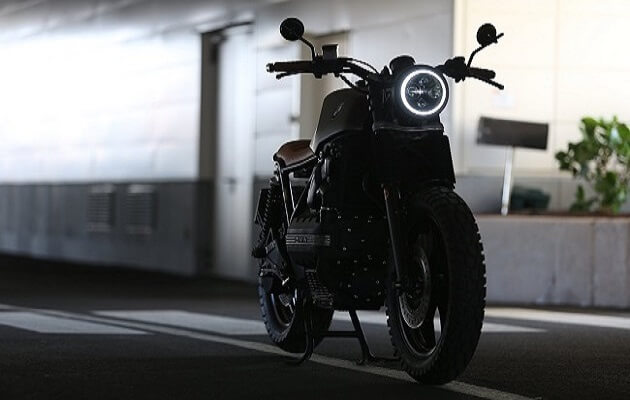Types of motorcycle tires
Choosing the right tire for your type of motorcycle or the use you give it is essential to ensure adhesion and be on the side of safety. The tires are classified depending on their use, hardness, composition and structure. From BikeListy we want to share this information with you so that you can choose from the great market offer that exists, taking sufficient data into consideration.
Tire types according to use
# 1 Off road tires: These are the tires used in enduro, trial and motocross bikes. They are designed to work at low pressures. They have very marked studs to offer grip on very soft terrain. They are not suitable for use on asphalt since the adhesion would be minimal and would degrade quickly.
# 2 Slicks tires: These tires are completely smooth and are exclusively used in competition. They are prepared to reach high temperatures, operate at low pressures and withstand great efforts. They are composed of soft rubber and have excellent adhesion, optimizing the lateral force generated in the cornering in the racing circuit.
# 3 Sports tires: Many of these tires have a harder central tread to increase their road resistance, while the sides are softer to improve grip. Its useful life is not very long and they are not effective on rainy days because the drawing is scarce.
# 4 Trail tires: Also called mixed, they have a very deep drawing and a great relief that achieves an excellent grip on asphalt and dirt roads. Their useful life is prolonged since they are composed of hard materials. They work at a relatively low temperature and their main feature is that the rear tire has very wide drawings divided into studs in order to offer better motor skills on soft floors.
# 5 Touring tires: Also called road tires, they are the tires that are recommended for urban journeys since the operating temperature is low. They have great adhesion even if they are given sports use. They are made of hard rubber so they have a long service life. Remember that rubber is a perishable material and therefore loses its properties over time. It is important that you keep in mind the key points to know when you should change the tires.
# 6 Scooter tires: They usually have a smaller diameter and are designed to have a long service life. They have a good behavior without reaching high temperatures. We have offers from € 124.95 per couple!
# 7 Specific tires: In this group are winter tires oriented to places where the cold is intense. Here we could also mention nail tires that are exclusively for use on ice and snow. In Barcelona these types of tires are not necessary.

Tire classification according to hardness
This classification is specific to the material that makes up each tire. The soft ones are those that are used in competitions and are designed to hold on soft ground. They have a great elasticity and as a consequence less resistance to friction that results in rapid wear. The media are the most common and have a good adhesion-wear ratio. The hard ones are those that require a higher temperature to reach the optimal working conditions.Types of tires according to their structure
This classification depends on the technology used to make the tires. Currently most of the tires are radial, but until the mid-50s the ones used were the diagonals. The latter are manufactured by alternating different layers of fabric that cross and alternate, diagonally, giving great rigidity, but having a lateral stability that can be considered the weak point of these tires. With radial technology the functions of the flank and the tread of the tires are completely broken up. The tire shell is manufactured with a series of radially woven layers, which go from one heel of the tire to the other, directly, so that it forms a tube that guarantees the shape. In the upper part there are a series of fabrics, formed by metallic cables, that intersect. Thus, the flank gains in lightness and flexibility. These tires heat up less, are safer and have a longer life. Remember that in BikeListy we always have incredible prices on tires.
Related Article:
.



No comments